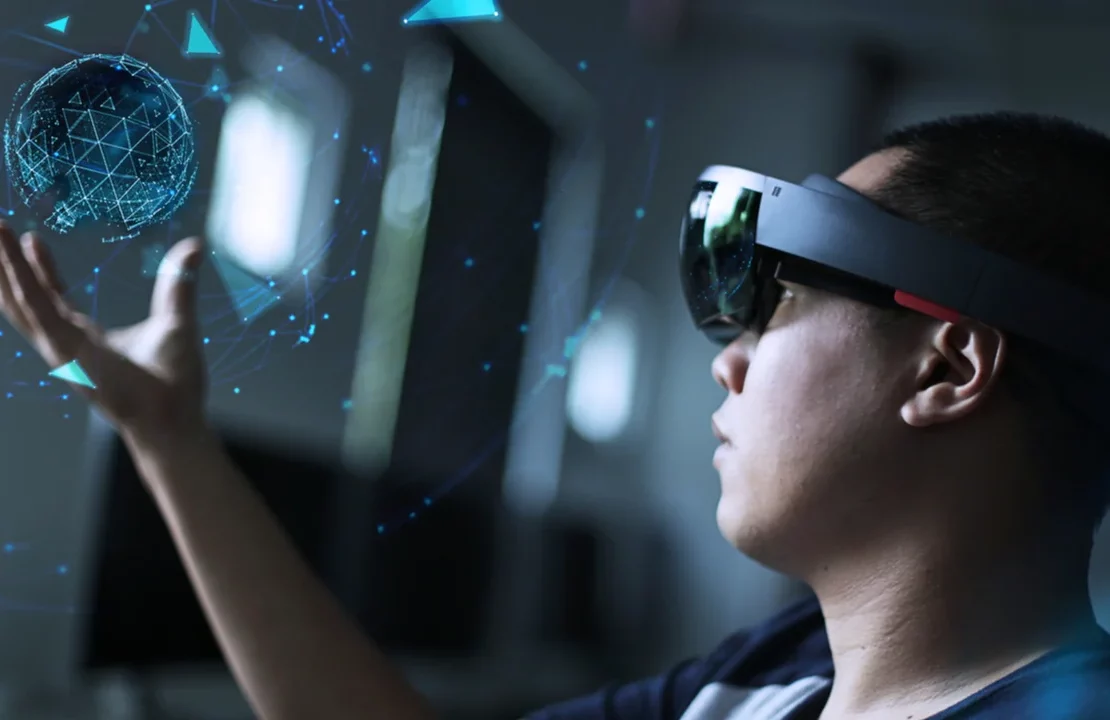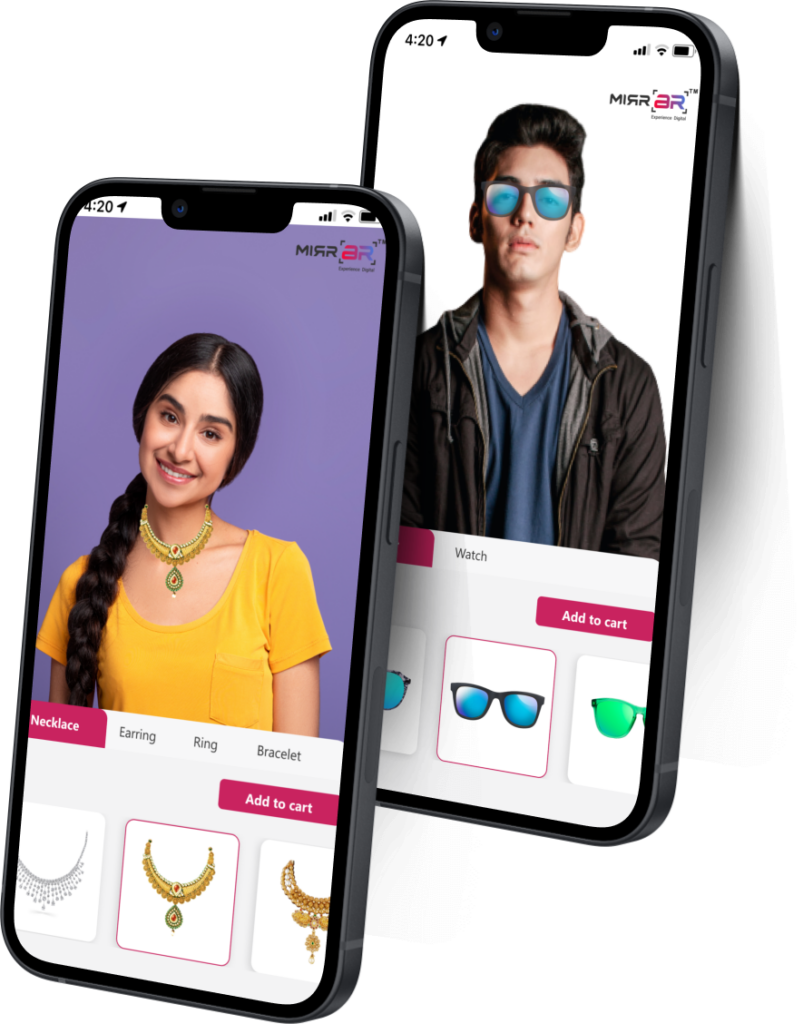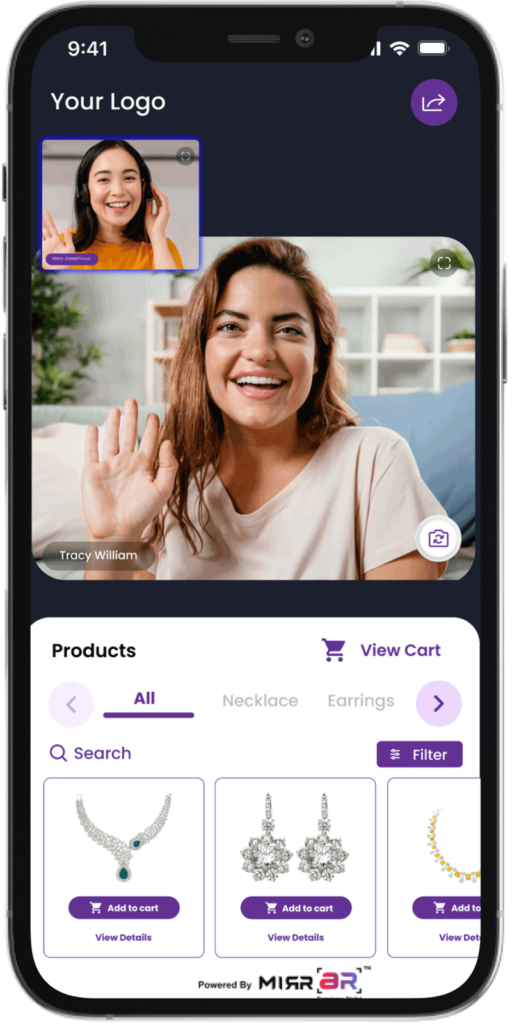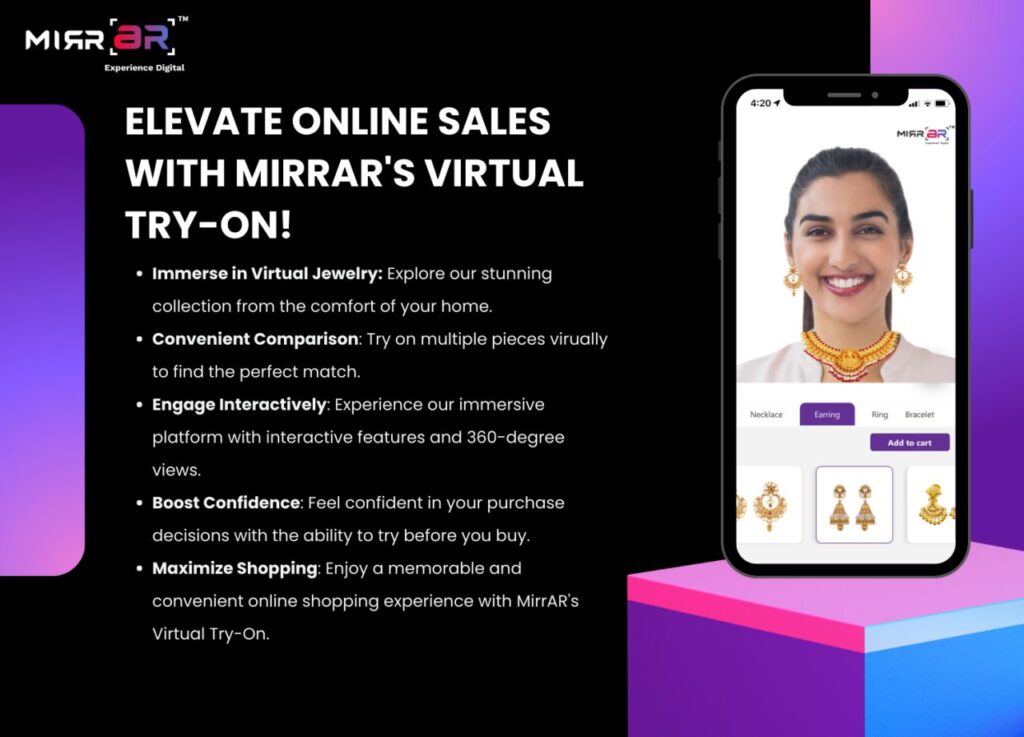
In recent years, augmented reality (AR) has emerged as a powerful tool for brands looking to create immersive and engaging experiences for their customers. By blending digital elements with the real world, AR technology opens up a myriad of possibilities for brands across various industries. From enhancing product experiences to driving interactive marketing campaigns, here are several ways brands are harnessing the potential of augmented reality:
1. Virtual Try-Ons
One of the most popular applications of AR in the retail industry is virtual try-on solutions. Brands in fashion, beauty, eyewear, and even furniture leverage AR to allow customers to visualize products in real-time. By using smartphone cameras or AR-enabled mirrors in stores, customers can see how clothing items, makeup, or glasses look on them before making a purchase. This immersive experience not only enhances customer confidence in their buying decisions but also reduces return rates.

2. Interactive Product Demonstrations
AR enables brands to provide interactive product demonstrations that go beyond traditional methods. By overlaying digital information on physical products, brands can showcase features, functionalities, and customization options in a dynamic way. For example, automotive companies use AR apps to let customers explore car interiors, configure color options, and learn about advanced safety features—all from their smartphones or tablets.

3. Gamified Experiences
Gamification is a powerful strategy to engage customers, and augmented reality takes it to the next level by integrating games with real-world environments. Brands create AR games or scavenger hunts that encourage users to explore physical locations or interact with products. These interactive experiences not only entertain but also drive brand awareness and customer participation. Pokémon GO is a prime example of how AR-based gamification can capture global attention and create viral engagement.
4. In-Store Navigation and Information
Retailers are using augmented reality to enhance in-store navigation and provide contextual information to shoppers. AR-powered apps guide customers through stores, highlight promotions or discounts, and offer additional product details when users point their devices at specific items. This technology enriches the shopping experience by making it more personalized and informative. With the in store, a user would be able to virtual try on jewellery.
5. Enhanced Packaging and Branding
AR transforms static packaging into dynamic storytelling mediums. Brands embed AR codes or markers on product packaging that, when scanned with a smartphone, unlock immersive experiences like animated visuals, product demonstrations, or behind-the-scenes content. This approach not only adds value to the product but also strengthens brand identity and customer engagement.
6. Virtual Tours and Visualizations
Real estate and travel industries leverage augmented reality to provide virtual tours and visualizations of properties, hotels, and destinations. Prospective buyers or travelers can explore spaces in detail, view layouts, and experience amenities as if they were physically present. This technology simplifies decision-making processes and enhances customer satisfaction by offering realistic previews.

7. Educational Experiences
AR is revolutionizing education and training by creating interactive and immersive learning experiences. Brands develop augmented reality solutions or tools that provide educational content, such as anatomy simulations for medical students or historical reconstructions for museum visitors. By combining digital information with real-world contexts, AR enhances understanding and retention of complex concepts.
8. Branded Filters and Lenses
Social media platforms like Snapchat and Instagram offer AR filters and lenses that brands can customize to promote products or campaigns. By creating branded filters, businesses engage with audiences on a personal level, encouraging users to share augmented selfies or videos featuring their products. This interactive marketing tactic amplifies brand visibility and encourages user-generated content.
9. AR Advertising Campaigns
AR-enabled advertisements provide interactive experiences that captivate audiences and drive engagement. Brands create AR campaigns that allow users to interact with virtual objects or characters in their surroundings. For instance, cosmetics brands use AR to let users “try on” makeup products through mobile ads, leading to higher click-through rates and conversions.

10. Event Activations
AR is transforming event experiences by adding layers of interactivity and entertainment. Brands incorporate AR elements into live events, trade shows, and exhibitions to engage attendees and create memorable moments. From interactive AR installations to virtual guest appearances, brands leverage AR to leave a lasting impression on event participants.
Key takeaway
In conclusion, augmented reality is reshaping the way brands connect with consumers by offering immersive and interactive experiences across various touchpoints. From enhancing product visualization to driving innovative marketing campaigns, AR has become an invaluable tool for brands seeking to differentiate themselves in competitive markets. As technology continues to evolve, we can expect even more innovative applications of AR that redefine customer engagement and brand experiences in the future.
In conclusion, if you are seeking an advanced AR tool to enhance your shopping experience and delve into the exciting world of augmented reality and the metaverse, look no further than Mirrar. With its innovative approach and transformative technology, Mirrar is poised to revolutionize the way we shop and interact with products. Contact Mirrar today to explore the future of retail through immersive AR solutions. Step into a new era of shopping with Mirrar! 🌟🛍️


